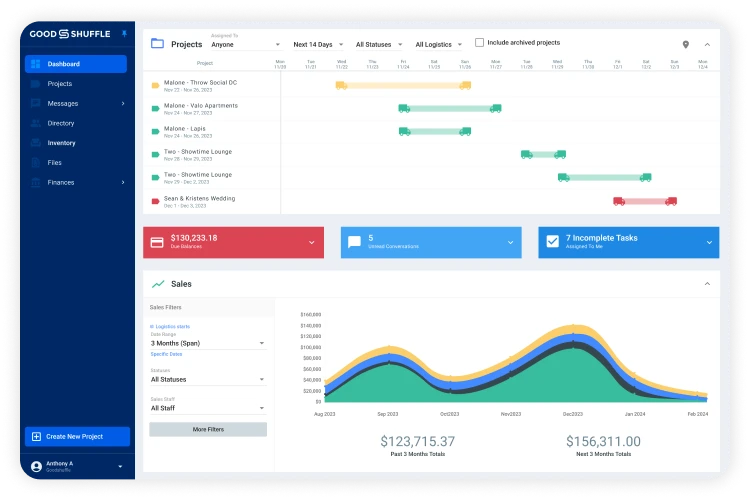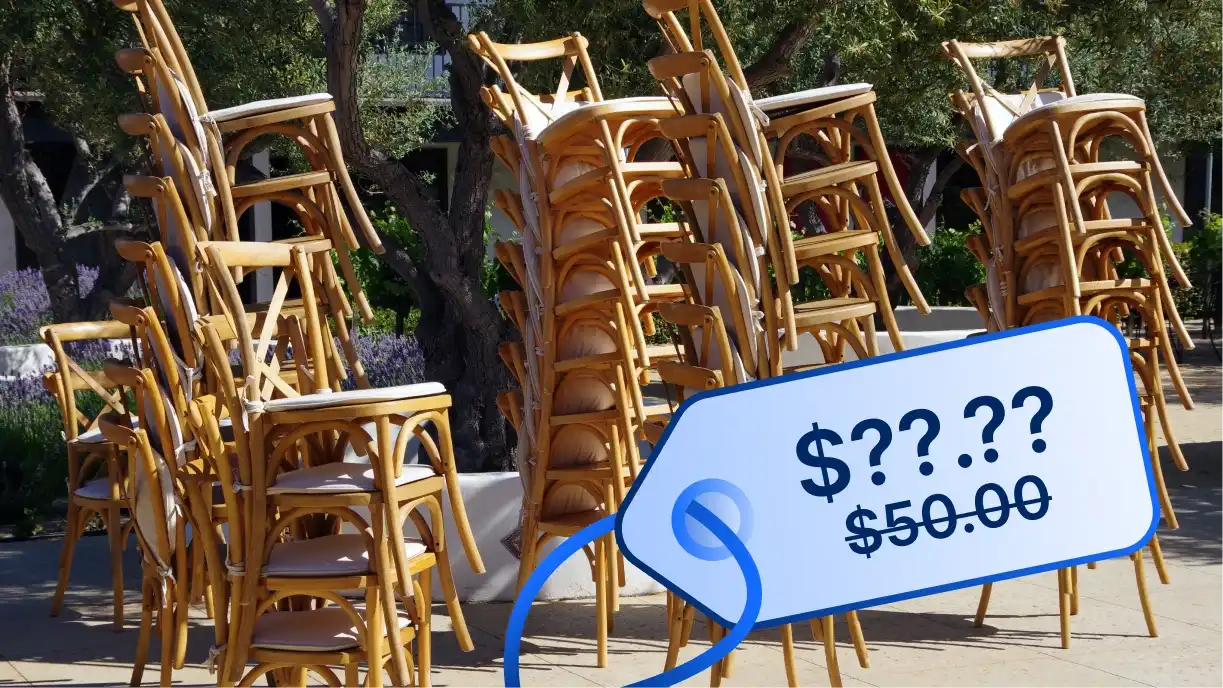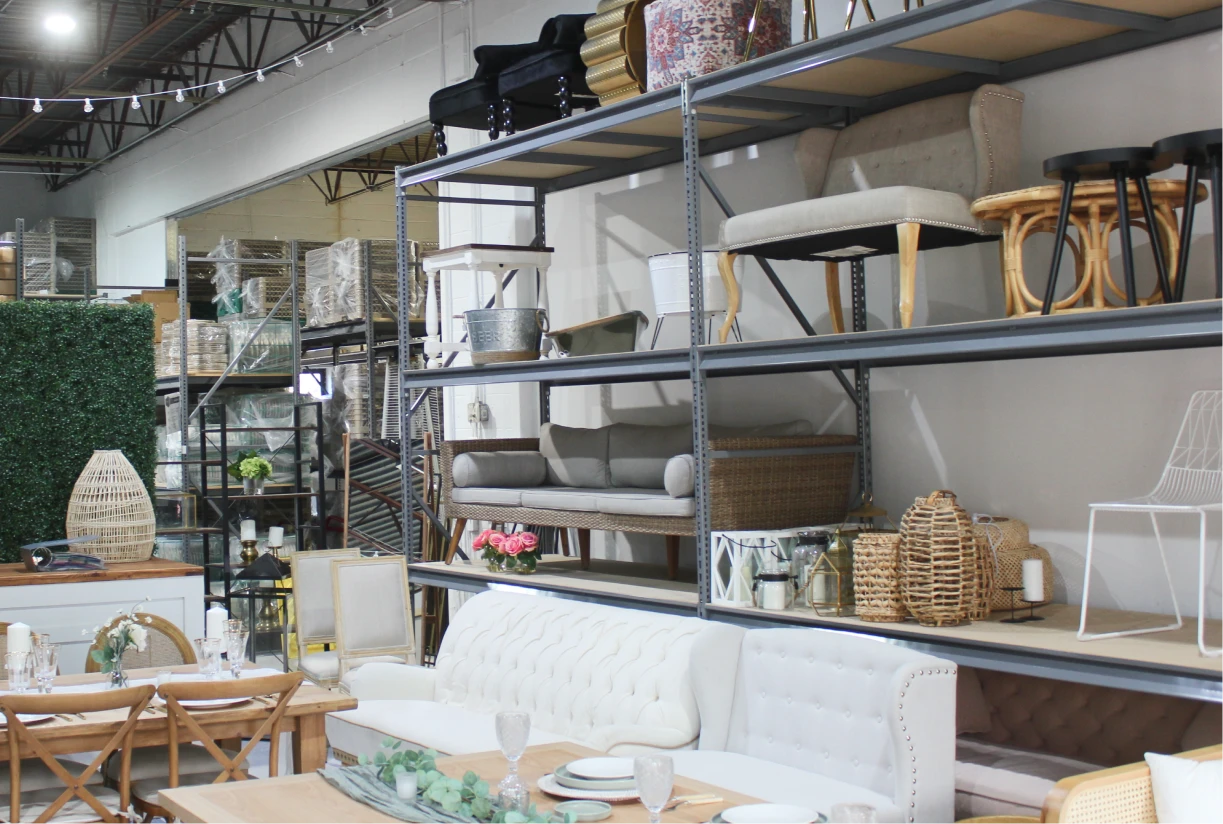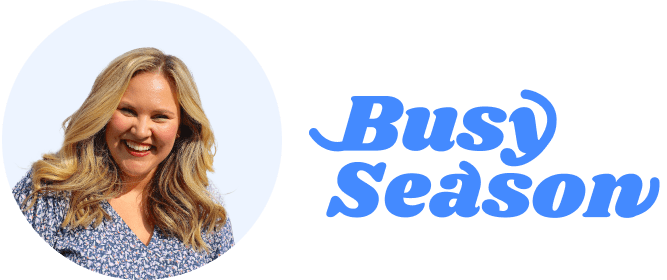Event rental companies across the United States are facing a significant shift in the business landscape as sweeping new tariffs take effect. With many rental staples — from chiavari chairs to tents, tables, and décor items — originating from China and other international suppliers, these tariffs will directly affect your operations, pricing structure, and long-term planning.
Let’s dive into what these changes mean for your event rental business and how you can strategically navigate this new reality.
Understanding the 2025 Tariff Landscape
The recent wave of tariff increases on imports from China and other countries represents the most significant trade policy shift in decades. What’s particularly challenging for event rental businesses is the unprecedented volatility and escalation in these trade measures.
Both the United States and China have implemented multiple rounds of retaliatory tariffs, creating a constantly evolving trade barrier situation. The rapid back-and-forth nature of these announcements means that import costs can change dramatically from one month to the next, making inventory planning exceptionally difficult.
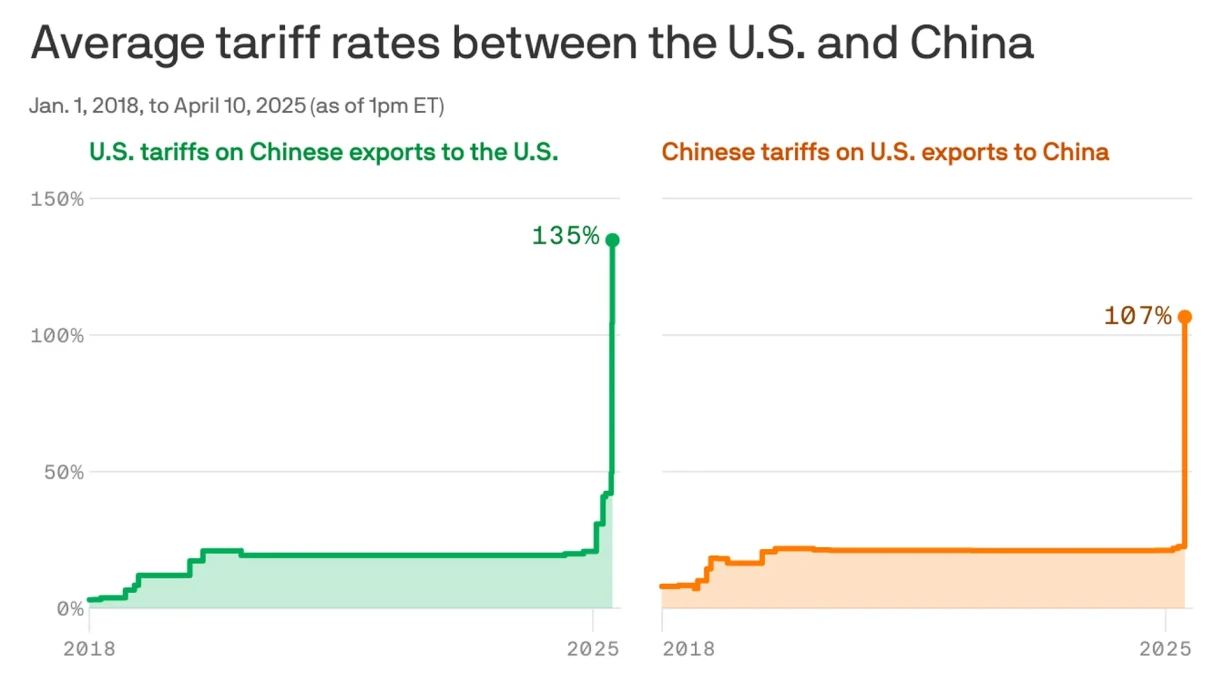
Which Event Rental Products Are Most Affected?
Several product categories commonly found in event rental inventories will be directly impacted:
High-Impact Categories:
- Chairs and Tables: Chiavari chairs and folding tables, staples at weddings and formal events, are predominantly manufactured in China
- Tents and Structures: Many tent manufacturers like LIRI and Shelter are based in China, with tariff-driven pricing potentially increasing compared to European alternatives
- Decorative Items: Vases, candle holders, and other decorative rental items often come from Chinese factories
- Bounce Houses and Inflatables: A category almost entirely dominated by Chinese manufacturing, now facing significant price increases
- AV Equipment: Many components, even in products assembled elsewhere, originate from China
- Linens and Textiles: Table linens, runners, and napkins often come from Asian manufacturing centers
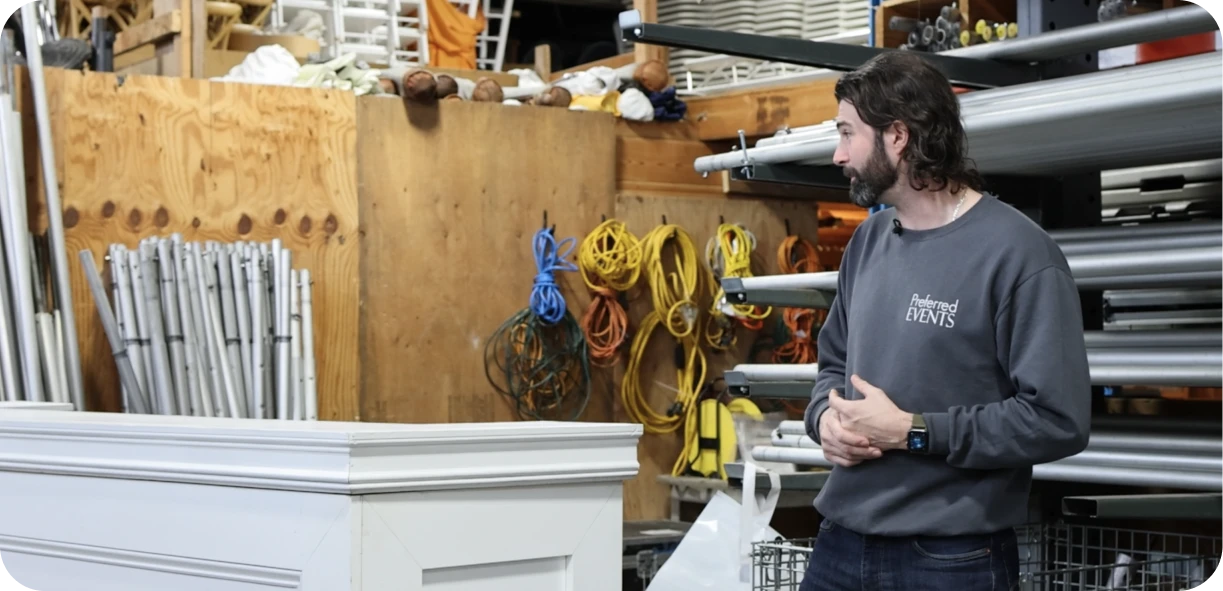
10 Practical Strategies for Navigating the Tariff Environment
As we navigate this uncertain time together, here are some practical tips on how you can shore your business against the changing economic landscape.
1. Conduct a Supply Chain Audit
Immediately catalog all your inventory items by country of origin. Identify which products in your inventory or planned purchases will be most affected by the new tariff structure. This knowledge will help you prioritize where to focus your mitigation efforts and may reveal surprising vulnerabilities in your supply chain.
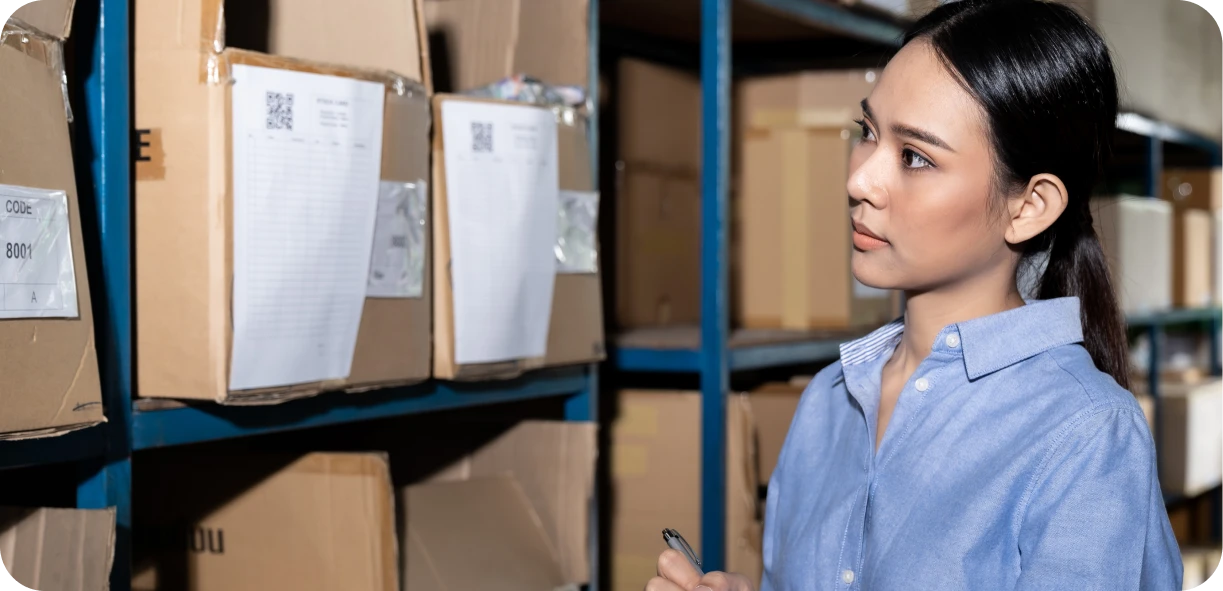
2. Build Strategic Inventory Reserves
For essential items sourced from high-tariff countries, consider purchasing critical replacement parts now before potential price increases. Prioritize durable items with long lifespans for advance purchasing and focus on items with predictable, year-round demand. This proactive approach can shield you from immediate price shocks and ensure business continuity.
3. Explore Domestic and Alternative-Country Manufacturing
While domestic production typically comes with higher costs, the price differential may now be less significant, making U.S. manufacturers like EventStable and McCourt Manufacturing more competitive options.
For tent structures, consider:
- German manufacturers as alternatives to Chinese options like LIRI
- Canadian suppliers who may offer more favorable trade terms
- Mexican production facilities that fall under USMCA exemptions
🪑 Get our recs on where to buy inventory
4. Implement Tiered Pricing Strategies
Many rental companies are still implementing small annual price increases — around 3–5% — to stay ahead of rising costs.
If you’re hesitant to apply across-the-board increases, create clear good/better/best rental categories with different price points. Apply larger increases to premium or unique items where demand is less price-sensitive, while maintaining more competitive pricing on high-volume, entry-level rentals. This nuanced approach allows you to preserve margins while remaining competitive.
5. Revamp Package Offerings
Redesign packages to maintain certain price points while adjusting components. Consider substituting domestic items for imported ones where possible and create new packages highlighting domestic-made products. Offering a “price lock guarantee” for advance bookings can help retain customers concerned about future increases and differentiate your business in an uncertain market.
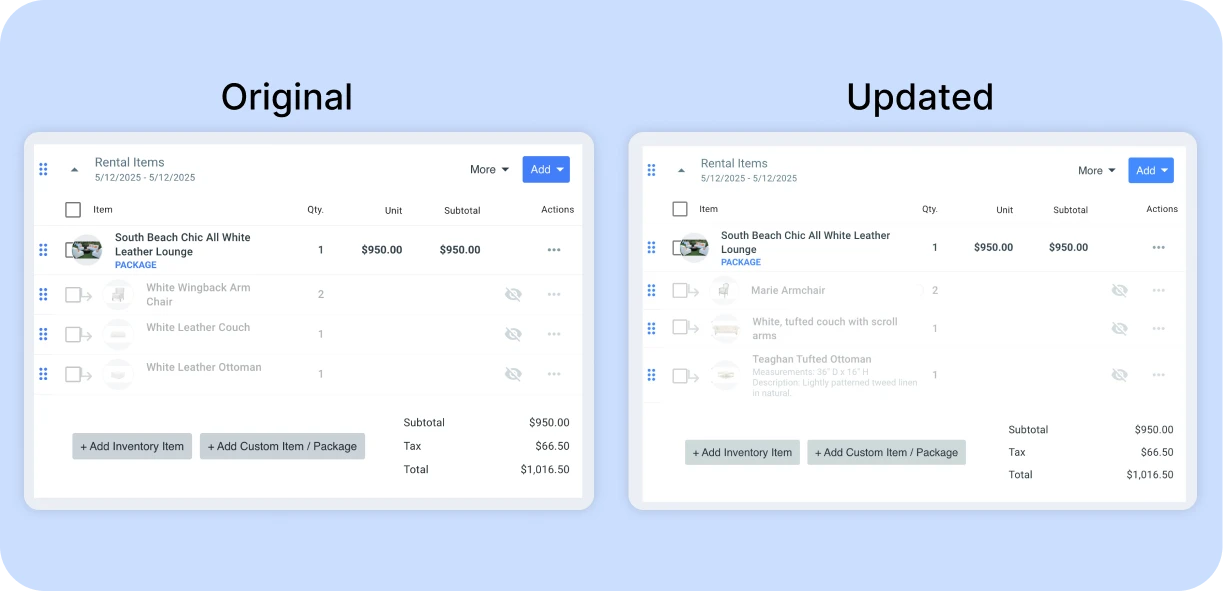
6. Prioritize Equipment Maintenance
With replacement costs rising, extending the lifespan of your existing inventory becomes crucial. Implement more rigorous maintenance schedules and train staff on proper handling and setup to reduce wear and tear. Investing in quality repairs rather than waiting for complete replacement needs can generate significant savings over time.
7. Develop Clear Client Communication
Educate clients about market conditions without making excuses. Prepare concise talking points for staff about industry-wide price adjustments and emphasize quality, reliability, and service as differentiators beyond price. Transparency builds trust and helps clients understand the value they’re receiving despite potential price increases.
8. Evaluate Refurbishment Options
In a tariff-heavy environment, the value of your existing inventory increases significantly. Consider bringing older inventory back into service through strategic refurbishment. Many rental companies are finding that refurbishing used equipment is now considerably more cost-effective than buying new imports. Look for opportunities to purchase used inventory from other rental companies that might be updating their own stock or exiting the business. Furniture and décor items that might have been retired in previous years can often be refinished, reupholstered, or creatively repurposed to extend their rental lifecycle. This approach not only saves on immediate costs but can also create unique vintage or one-of-a-kind pieces that command premium pricing.
9. Review Import Documentation Practices
Some event rental businesses may be paying more in tariffs than legally required simply due to documentation or classification errors. Ensure you’re not overpaying by confirming that imports are classified under the correct Harmonized Tariff Schedule (HTS) codes. Even small classification differences can result in significantly different tariff rates. Take time to research whether any of your products qualify for specific tariff exclusions or exemptions that have been granted for certain categories. For larger operations, working with a customs broker who specializes in the current tariff environment could identify substantial savings opportunities. These specialists can often find legal pathways to minimize tariff impacts through proper classification and documentation.
10. Join Industry Purchasing Groups
Collective action can provide meaningful advantages during trade disruptions. Now is an ideal time to explore partnerships with other event rental companies for bulk wholesale purchases, which can help secure better pricing and priority fulfillment even as supplies tighten. Many industry associations have established or are currently developing group purchasing programs specifically in response to the tariff situation. These programs leverage the combined buying power of multiple businesses to negotiate more favorable terms with suppliers.
For particularly expensive equipment, consider co-investment arrangements with complementary businesses that serve different markets or seasons. This cooperative approach spreads capital costs while ensuring adequate equipment availability during your peak periods.
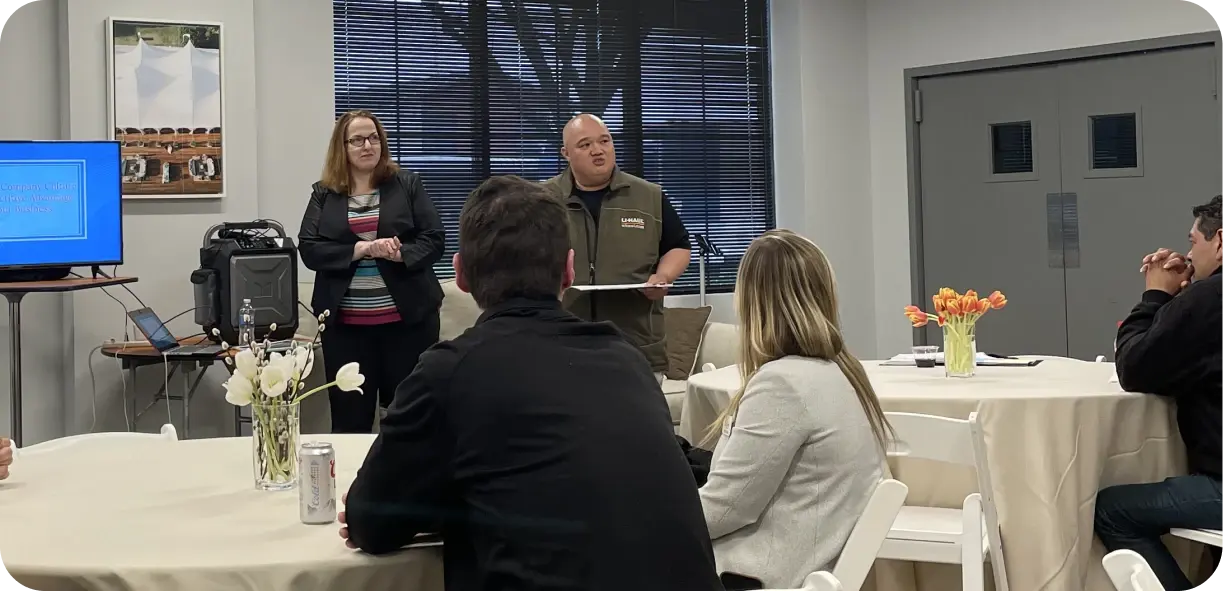
Immediate Business Impacts
So, we’ve touched on the big picture of what’s going on with tariffs. But what does this mean right now for your day-to-day operations?
Supply Chain Disruptions
The tariff situation is already creating significant supply chain challenges. Many rental companies report experiencing immediate effects:
- Suppliers canceling orders with little to no notice
- Shipment delays as companies scramble to find alternative sources
- Longer lead times for new inflatables and replacement parts as companies work to source from alternative suppliers
- Uncertainty about product availability, especially for high-demand seasonal items
Price Increases
The escalating tariff situation is driving widespread price increases throughout the supply chain. For event rental businesses, this means higher acquisition costs for new inventory, increased maintenance expenses as replacement parts become more expensive, and pressure from suppliers adjusting their own pricing to accommodate the changing tariff environment.
For event rental businesses, this means:
- Higher acquisition costs for new inventory
- Increased maintenance expenses as replacement parts cost more
- Price pressure from suppliers as they adjust to the new tariff environment
- Potential cash flow challenges as capital expenditures rise
Some event companies are beginning to pass along tariff-related fees to clients, signaling more widespread adjustments ahead.
Competitive Landscape Shifts
The tariffs may actually level the playing field between established rental companies and newer, smaller operations:
- Companies using domestically-produced inventory might find their pricing more competitive
- Budget operators relying heavily on Chinese imports may lose their price advantage
- Businesses with well-maintained existing inventory gain an edge over those needing frequent replacements
- Companies focused on customer service are leveraging trust and responsiveness to secure bookings amid budget hesitancy
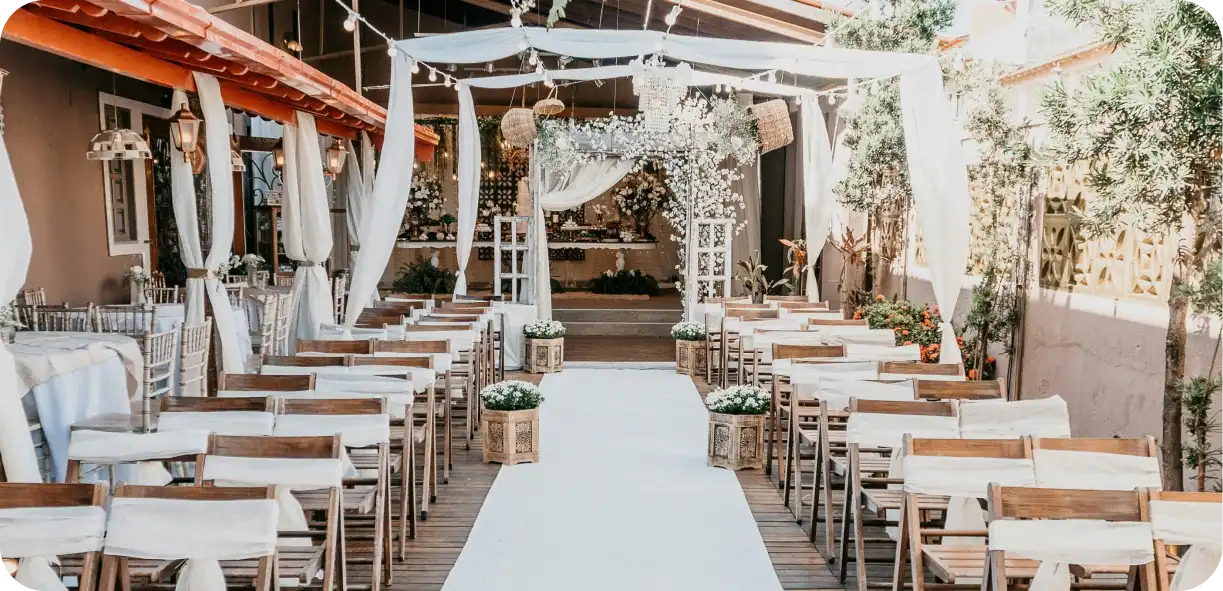
Build Resilience for an Uncertain Trade Future
With changes like these, it’s important to look big-picture, as well as considering the short-term impact on your business. Consider things like:
Supply Chain Diversification
The most resilient event rental businesses will develop multi-source supply chains. Consider splitting inventory purchases across multiple countries and developing relationships with multiple suppliers for critical items. Balancing cost considerations with supply reliability will become increasingly important as trade policies continue to evolve.
Product Mix Evolution
Consider how your rental offerings might evolve in response to tariff pressures. You may want to phase out heavily tariffed items with low margins or shifting popularity, expand into rental categories less affected by import tariffs, or focus on unique, experience-driven rentals that command premium pricing regardless of cost basis.
Domestic Manufacturing Relationships
Building new factories in the United States or finding alternative manufacturing can take years and present labor force challenges, especially in the short term. However, developing relationships with domestic manufacturers now could provide advantages as the industry adjusts. Explore partnerships with local craftspeople for custom items, consider vertical integration for high-margin, frequently purchased items, and support industry initiatives promoting domestic manufacturing.
The Bottom Line
While the tariff situation presents challenges, it also creates opportunities for rental businesses to reassess their operations, potentially improving long-term resilience. The companies that will thrive are those that adapt quickly, communicate effectively with clients, and strategically reposition their businesses in response to these market changes.
Remember that economic conditions and trade policies evolve constantly. Trade volatility is becoming a consistent part of our global economic landscape, requiring event rental businesses to stay nimble and informed.
The best thing you can do is stay informed, remain flexible, and focus on delivering exceptional service — the factors that have always differentiated successful event rental businesses regardless of external pressures.
